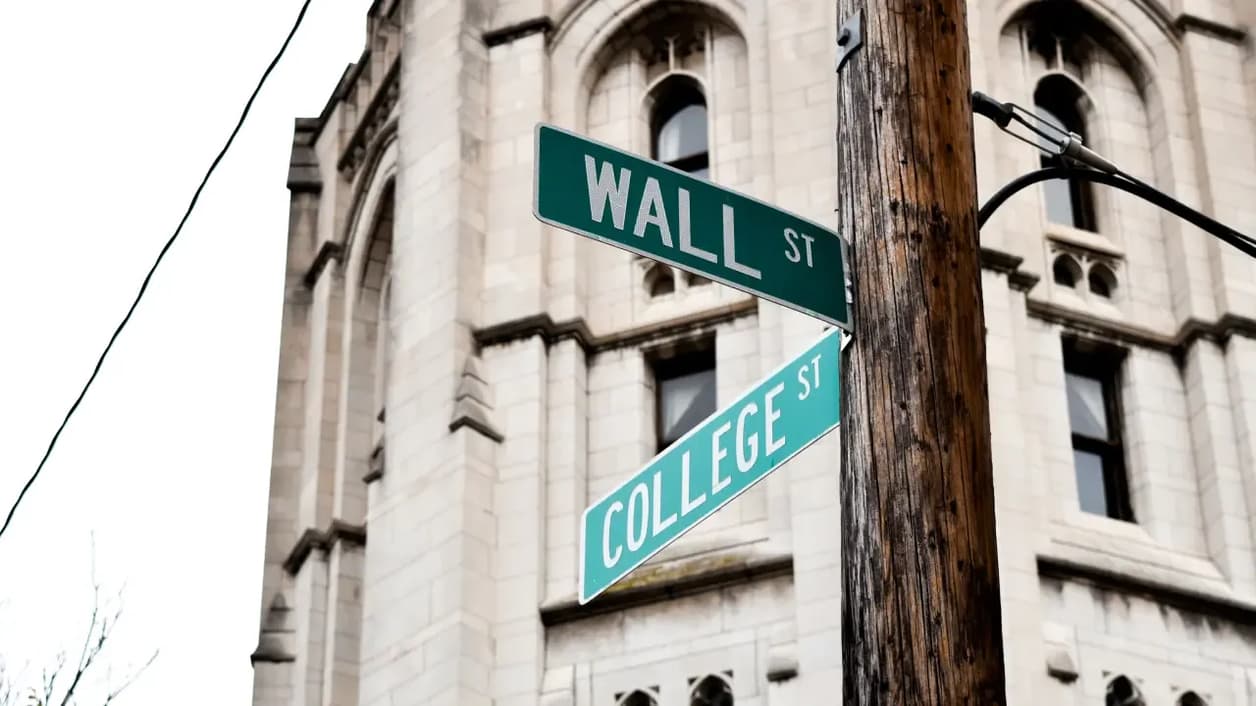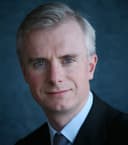
Mike O’Sullivan is Moonfare’s Chief Economist and Senior Advisor. You can meet Mike at many of our community events and investor calls or follow his monthly commentary published on Moonfare's blog. Also, don't miss Mike's latest interview to learn more about his views on a range of topics — from interest rate cuts to opportunities in artificial intelligence.
John Maynard Keynes is very well known for his contributions to economics and policy making, but less so for his investing prowess. In the 1920’s Keynes worked as a portfolio manager for two insurance companies and from 1921 to 1946 ran the endowment (the ‘Chest’) for King’s College, Cambridge. Keynes' investing performance is the subject of some fascinating research by David Chambers and Elroy Dimson.¹
Early in his career Keynes was what we might call a macro investor, focusing on commodities and foreign exchange. Later, he became more focused on stocks, and from the 1930’s Keynes beat the (stock) market by over 5% per year despite several close shaves with personal bankruptcy.²
Viewed from the point of view of today’s stock market, what was unusual about Keynes' style was that in the 1920’s and 1930’s equities were very much the preserve of retail investors, and not so much institutional managers.
To that end, Chambers and Dimson remark that Keynes’ early allocation to equities was “as radical as the much later move to illiquid assets in the late 20th century by Yale”. Unsurprisingly, Keynes’ investing style, which was driven by strong macro-economic views and focused on a few, large and often concentrated positions (if he was investing today he would likely be heavily invested in mega-cap technology stocks) has influenced modern endowment managers, most notably David Swensen of Yale.³
Under pressure
Swensen pioneered the move by large US university endowments towards private assets (notably private equity, but also infrastructure and venture), a strategy that has proved profitable.⁴ The top endowments, generally Ivy League schools and other top ranking universities like MIT, have consistently made double digit returns over 20-year horizons⁵, spurred by annual private equity returns in the very high teens.
However, the endowment model is coming under scrutiny, partly because some universities have overinvested in private assets at a time when capital distributions have slowed⁶ (my former employer Princeton University has effectively invested up to 40% of its portfolio in private equity and venture)⁷, and partly because universities themselves have adjusted their expenditure upwards whilst they have enjoyed generous disbursements from performing endowments.

Endowments in the US originally paid 4% of their value to universities annually but in some cases this has risen to 12% (in turn pressuring endowment managers to produce returns).⁸ Broadly, disbursements from endowments amount to close to 30% of university budgets with much of it spent on student financial aid.⁹ Given that cash distributions from private equity funds have slowed, the knock on to university spending is being felt.
Anyone who has visited a top-flight US university and witnessed the extent to which laboratories, sports facilities and student bursaries are well funded will appreciate the size of university budgets and the role that endowments play. In Europe, only ETH Zurich can match this level of financial backing.
High exposure to alternatives
The debate on endowment investing has been enlivened by the publication in February of the 50 NACUBO Endowment Study.¹⁰ In general, the nearly 700 endowments surveyed in the report hold less fixed income than I would imagine for a typical ‘balanced’ investor, more ‘foreign’ equities than US (this might explain some underperformance), and nearly 50% alternative assets (including a large slug of hedge funds).¹¹
Interestingly from the point of Keynes’ active management stance, nearly 50% of US endowments ‘outsourced’ their investment office function. Reflecting this, allocations to private equity, returns and return distribution tend to be better in the larger endowments that have well-equipped investment teams.
In turn this reflects the reality that private equity and venture are two of the asset classes (unlike equity and bond funds) where returns are highly dispersed (i.e. there is a large difference between the best and worst performing funds). As such, finding the best performing funds and gaining access to them has a cost in terms of investment research resources. To this end, I wonder if many universities have really been following the ‘endowment’ model as pioneered by Keynes and Swensen.
Indeed, one of the secrets of the performance of the Yale and Harvard models is that they have very good networks of alumni in the private investment industry, who willingly proffered the best advice and access to their alma mater.
Supporting this theory, Keynes had a similar network of former students around the world (notably in Africa – think mining stocks and commodities) who offered him advice, information and investment opportunities and he also had access to relatively sophisticated telegram technology, so that in some cases he had access to market moving information before others. Further, Keynes was unlike many investors today in that his colleagues at King’s had great faith in him and gave him enormous freedom to pursue his own investment style.
This ‘freedom’ has been all but quashed by benchmarking and technology in public markets (i.e. equity and bond funds) but still exists in private markets – the trick is to find Keynes-like managers.

¹ https://papers.ssrn.com/sol3/papers.cfm?abstract_id=2023011 ² https://papers.ssrn.com/sol3/papers.cfm?abstract_id=2023011 ³ https://papers.ssrn.com/sol3/papers.cfm?abstract_id=2023011 ⁴ https://investments.yale.edu/home-1 ⁵ https://caia.org/sites/default/files/2_investing_11-13-17.pdf ⁶ https://www.ft.com/content/8c37f68a-95d3-41fb-a34b-be3d93f45483 ⁷ https://www.ft.com/content/cc6601df-4663-43a0-87b2-822eaabe4a81 ⁸ https://www.commonfund.org/blog/the-nacubo-endowment-study-a-50-year-retrospective ⁹ https://www.commonfund.org/blog/the-nacubo-endowment-study-a-50-year-retrospective ¹⁰ https://info.commonfund.org/ncse-2023-50yr-retro ¹¹ https://info.commonfund.org/ncse-2023-50yr-retro

![[WhitePaper] Private equity secondaries in 2024](/cdn-cgi/image/width=1256,quality=75,format=auto/https://publiccdn-production.moonfare.com/strapi/production/mw_ctas_3caa161950_533cb50945.jpg)


